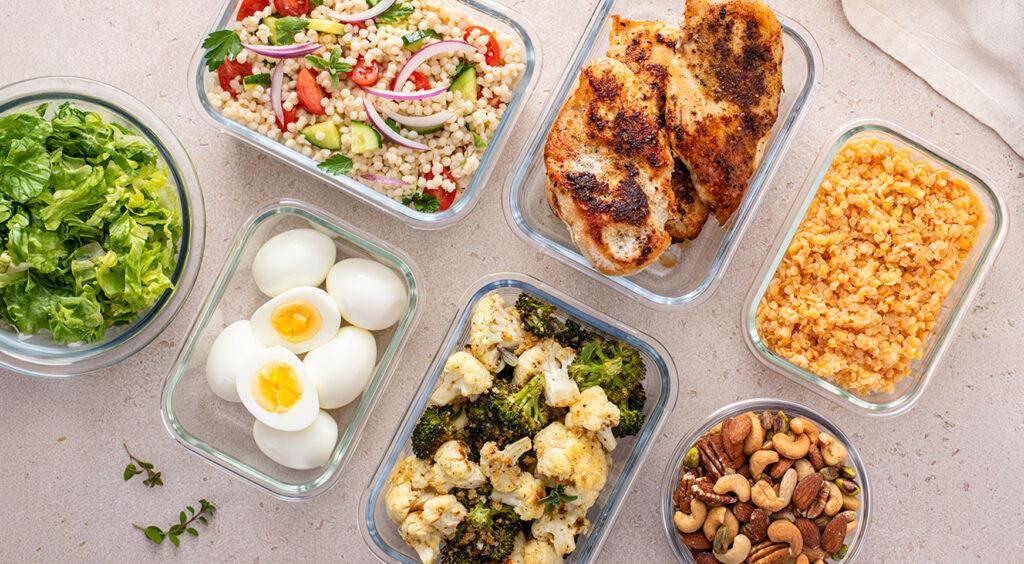5 ways to cut food waste at home
By Carolyn Ali
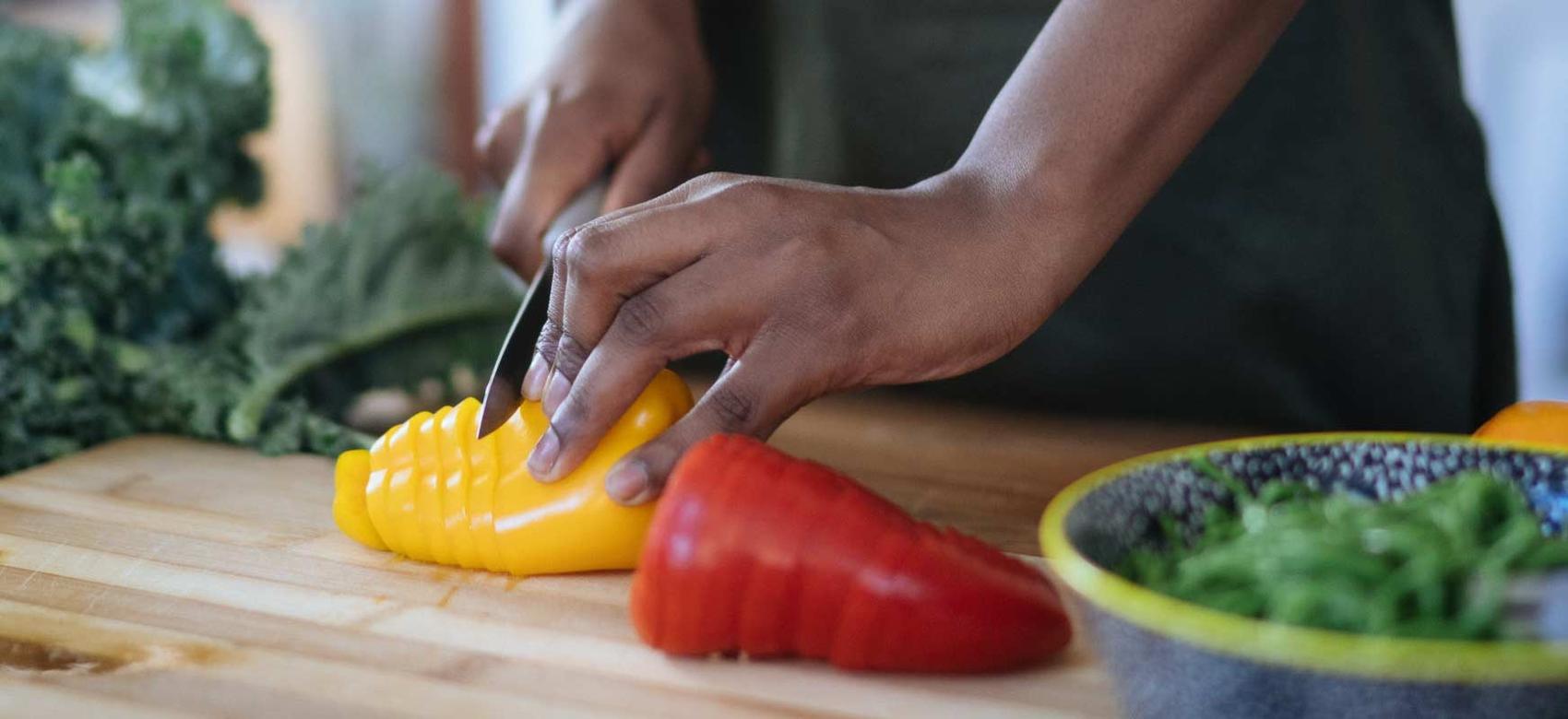
How food literacy can help you save money and the environment
How often do you throw away produce that’s past its prime? Many of us go grocery shopping once a week and stock up on fruits and vegetables. But despite our good intentions, we often find ourselves with limp lettuce and brown bananas a week later.
We know we’re wasting good food — and money. So how can we break the food waste cycle?
First, know that you’re not alone. That’s part of the problem. A staggering one-third of all food produced globally is wasted. According to the National Zero Waste Council, the average Canadian household wastes 140 kilograms of food per year, at a cost of more than $1,100. While it’s not all fruits and veggies, produce makes up 45 per cent of it.
“One of the reasons why it’s so easy to waste food is that food is often devalued.”
dr. hannah wittman, academic director of the Centre for Sustainable Food Systems at UBC Farm
Wasting food matters because it wastes resources used to grow, produce and distribute food. The carbon footprint is significant: reducing one tonne of household food waste is equivalent to taking one car off the road each year, according to the Council.
“One of the reasons why it’s so easy to waste food is that food is often devalued,” explains Dr. Hannah Wittman. As the academic director of the Centre for Sustainable Food Systems at UBC Farm, she looks at the big picture of food production, and notes that COVID-19 has exposed many cracks in our food systems.
In addition to tackling change on a systemic level, individuals can make a difference by cutting down on food waste at home. Here’s how to start.
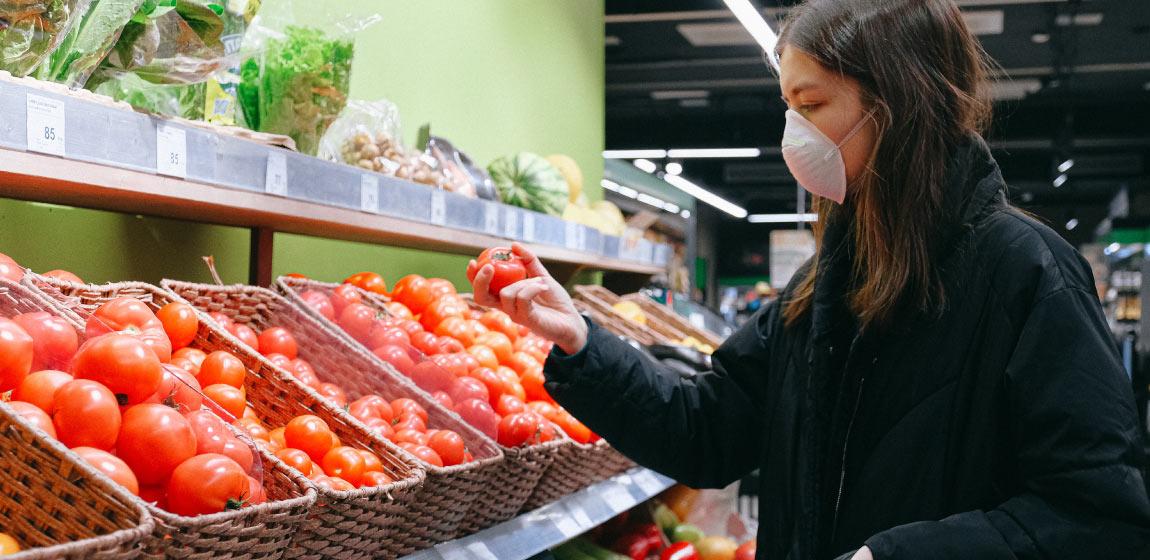
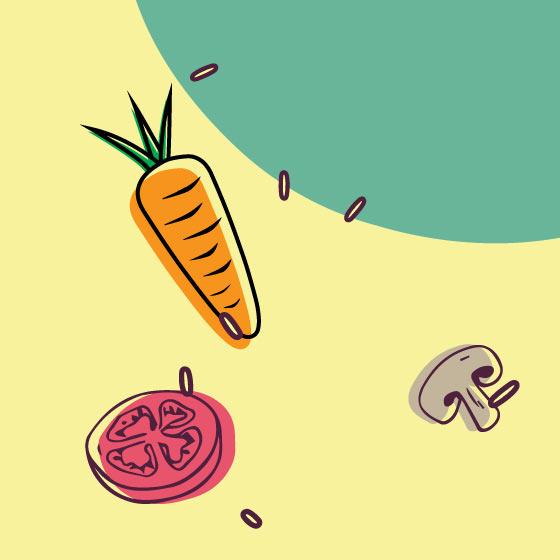
1. Buy fresher produce
That may sound obvious, but did you know that produce grown close to your home can last much longer than produce trucked in from elsewhere?
“Many fruits and vegetables have travelled a very long distance to get to the grocery store,” Wittman explains. “If your food isn’t fresh when you buy it, it’s not going to last as long in your fridge and it could contribute to food waste.”
Wittman says you’ll find the freshest options at farmers markets, direct sales from farms, or produce shops and specialty grocers. Or, buy a share of a farm’s harvest through community supported agriculture (CSA).
“I get my produce delivered weekly from a local farmer, and it can last for even three or four weeks,” Wittman says. “Even lettuce,” she marvels. “That’s because it’s picked, packed fresh and goes straight into my fridge.”
2. Store produce properly
A little bit of food storage knowledge can extend the life of what you buy. For example, Wittman says that your fridge is an extremely dry environment, so storing your lettuce in a plastic bag in your crisper can help it retain moisture and last longer.
Here’s a guide to storing fruits and veggies.
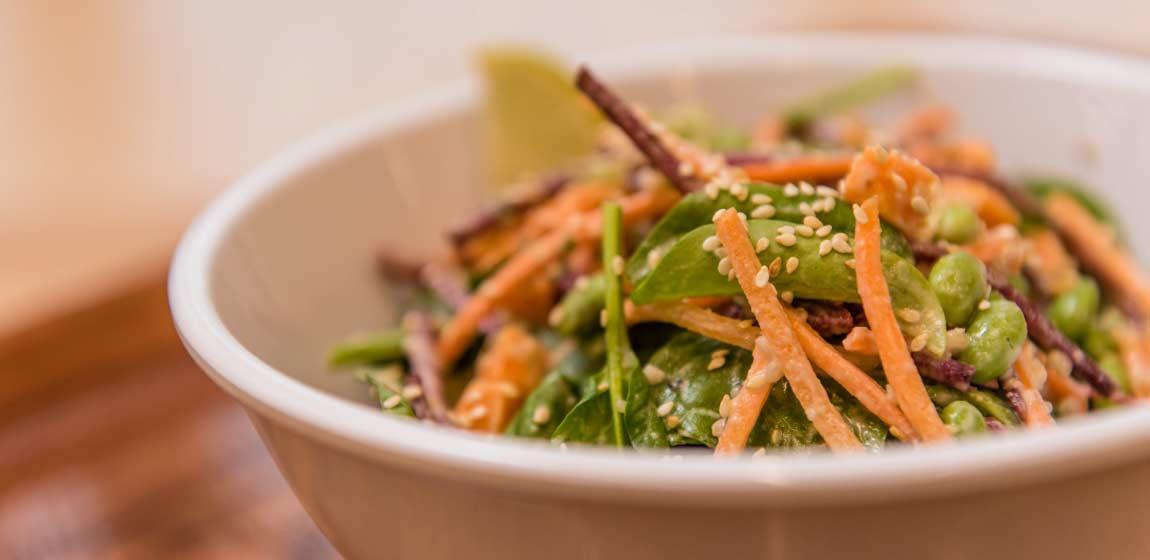
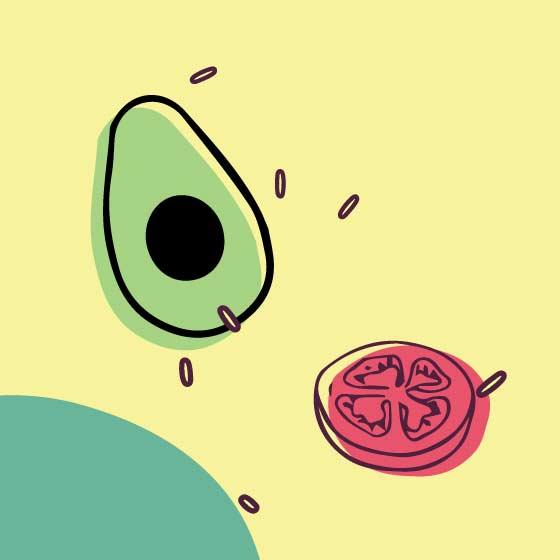
3. Get creative with cooking
Once a week, Wittman gathers together all the remaining produce in her kitchen and makes something like coleslaw, soup or lasagna to use it up. Or, she processes it for later. For example, she purees veggies and freezes the paste in an ice cube tray for pasta sauce in the winter.
“Food literacy includes knowing where your food comes from, understanding the food supply chain, nutrition, cooking skills and more.”
DR. HANNAH WITTMAN
4. Develop food literacy
So you don’t know what to do with saggy parsnips. Developing your cooking skills is part of developing food literacy.
“Food literacy includes knowing where your food comes from, understanding the food supply chain, nutrition, cooking skills and more,” Wittman explains. “It can go all the way to understanding how transnational trade agreements affect your ability to buy French cheese.”
You can learn food literacy through community centres and food skills workshops at UBC Farm (some of which are online.) Wittman also encourages parents to advocate for food literacy in schools.
She believes food literacy can be key to reducing food waste because it helps citizens understand the human and environmental processes behind getting food into your home.
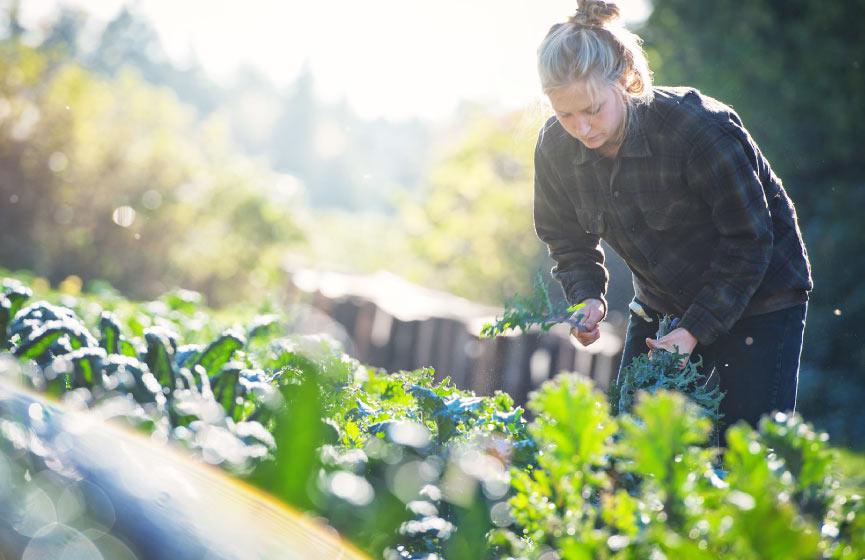
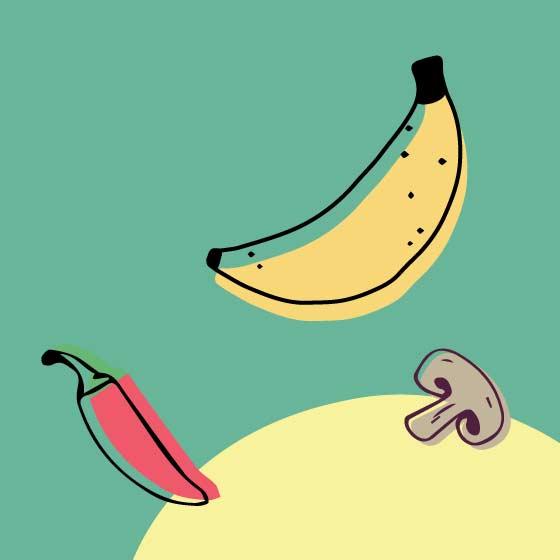
5. Grow your own food
You don’t need to become a gardener; you could just regrow plants from kitchen scraps on your windowsill. “You’re less likely to waste food if you grow it yourself,” Wittman points out. And of course, make sure to compost food scraps you really can’t use.
Learn more about building a resilient food system
Carolyn Ali is a writer for UBC Brand and Marketing. This story was published on March 4, 2021.
Feel free to republish the text of this article, but please follow our guidelines for attribution and seek any necessary permissions before doing so. Please note that images are not included in this blanket licence.
